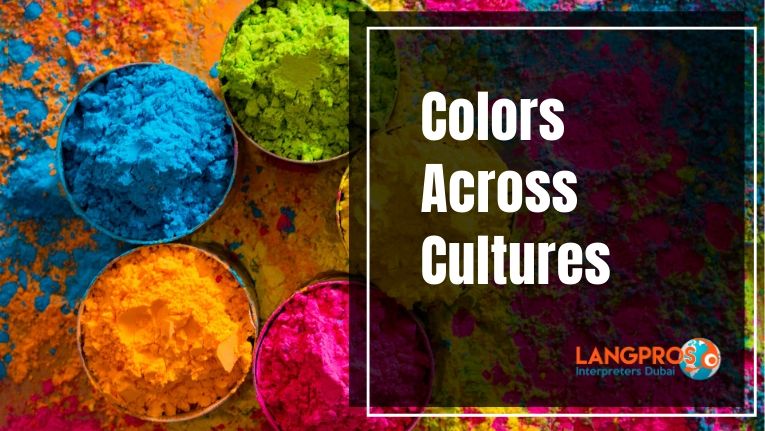Colors are part of our everyday lives, and they play an important role in marketing, as different color combinations can be more or less adequate to advertise a product.Psychology research is studying the different perception of colors across cultures and their connection with certain feelings or emotions.Advertisers and localizators also consider these differences when designing or translating marketing campaigns.
Research shows that colors have an effect on how appealing a product is perceived, with many sales boosted by the adequate localization of colors according to the different cultural perceptions of international markets.
Colors may signify many different things, such as moods, emotions, traditions, seasons, history.
Let’s see how these meaning change in colors according to culture:
BLUE
In western cultures, the color blue is traditionally associated with peace, trust, and stability. This is why many banks use blue in their logo:
Blue in English-speaking country can also stand for sadness, melancholia and depression, or, precisely, “the blues”.
On the other hand, in India blue is the color of the Hindu god Krishna, a representation of divine joy.
Jews also associate this color with God and spirituality.
RED
In the West, red is traditionally associated with passion and danger. In politics, it is also the traditional color of socialism and communism.
In Asian cultures, red is the color of happiness, prosperity, and luck. This is why many brides wear read beads for their wedding day.
In Africa, particularly in Nigeria, red is associated with vitality and aggressiveness, but also with death.
GREEN
In western cultures green can be the positive representation of nature, growth, money, environmental awareness, but could also signify greed, envy, inexperience or jealousy. It is also the national color of Mexico and Ireland, the “Emerald Isle”.
Green is a forbidden color in Indonesia. This is because it is popular belief that by wearing green, you will be dragged into the ocean by the waves and drown because of Nyi Roro Kidul, the Queen of Southern Sea!
PINK
The west traditionally associates pink with femininity, and pink is the symbol for a newborn baby girl. Most Eastern countries also associate pink with women. On the other hand, in Japan pink is commonly connected to masculinity.
In South Korea, pink represents trust.
The color pink takes its name from the flowers called pinks, members of the genus Dianthus.
Langpros Localization Services
Research shows that colors have an effect on how advertisement of product and services appeal potential customers.
Expert and culturally aware localizators can help your business expand into new markets providing the right guidance to communicate the brand image correctly and avoiding the pitfalls of cultural differences.
Langpros’ team of translators and localizators specializes in the translation of advertising campaigns and company websites in over 100 languages.
What is your favorite color and what does it communicate to you?
